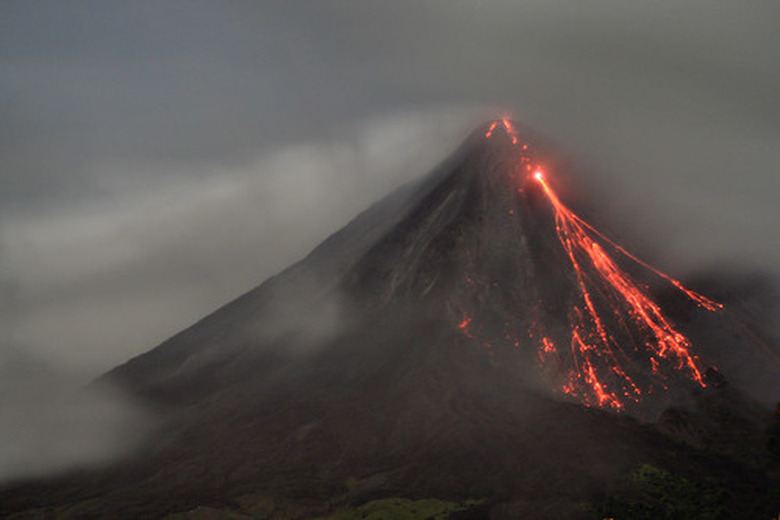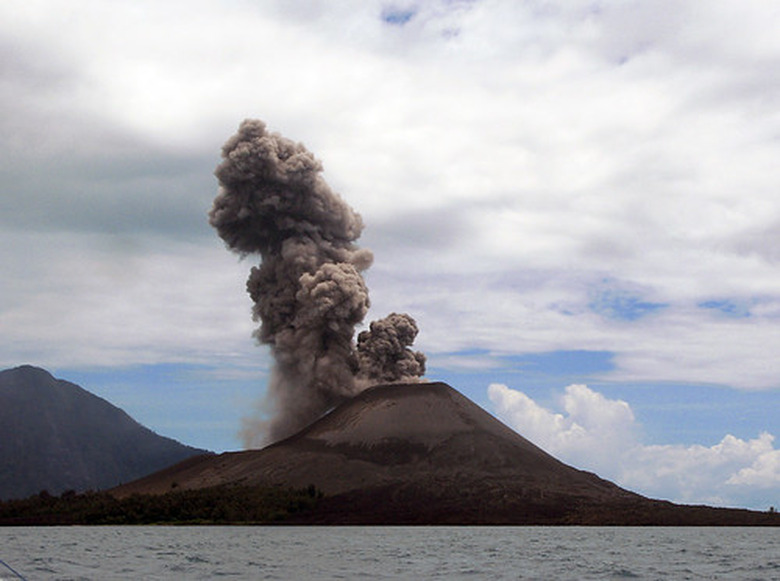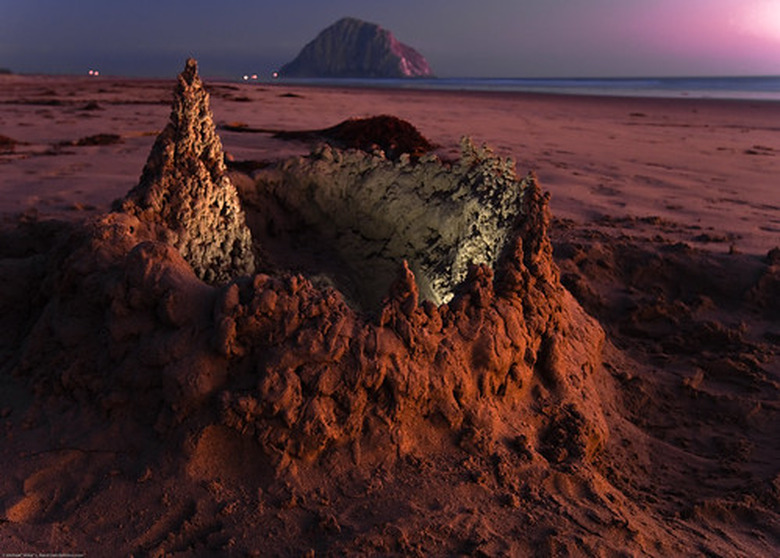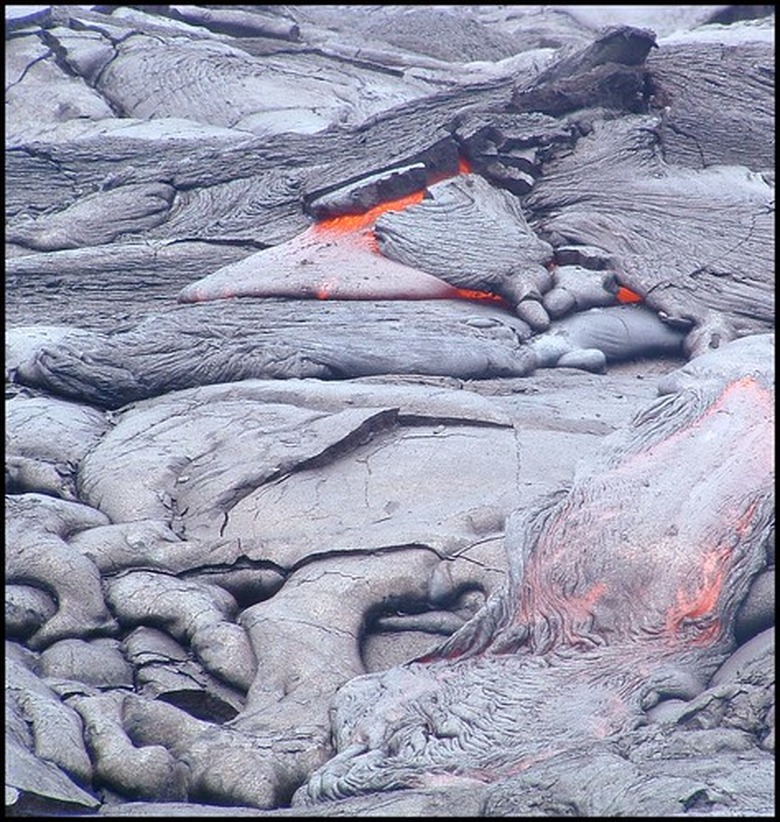Background Information For A Volcano Science Project
Understanding how volcanoes work will improve your overall comprehension of your science project. To create the best project possible it is important to know about the characteristics of volcanoes, where volcanoes are most likely to form and what makes them erupt.
Types of Volcanoes
Types of Volcanoes
Volcanologists categorize volcanoes into five types: composite, shield, cinder cone, complex and splatter. Most are characterized by their shape or the way they erupt.
Parts of the Volcano
Parts of the Volcano
Volcanoes are made of four parts: vent, pipe, crater and cone. The vent is an opening at the earth's surface. Magma rises up the volcano through the pipe. The crater is the depression at the top of the volcano where the eruption occurs. The cone is the outer portion of the volcano where lava and ash collect.
Volcanic Terms
Volcanic Terms
Magma refers to the molten rock inside the volcano that has not yet escaped. Magma becomes lava when it leaves the volcano and hits the air or water. Volcanic ash can be in solid or molten form when erupted, and is usually smaller than 2 mm.
How Volcanoes Form
How Volcanoes Form
Volcanoes commonly form where tectonic plates collide with each other. When the plates collide, it causes friction that heats up the earth. A volcano erupts when the plates open up and magma rises to the earth's surface.
Where Volcanoes Form
Where Volcanoes Form
Most volcanoes form around the Pacific Ocean in an area known as the Ring of Fire. Other famous volcanoes are located in Iceland, Europe and on the bottom of Atlantic Ocean floor.
References
Cite This Article
MLA
Lauren, Daniella. "Background Information For A Volcano Science Project" sciencing.com, https://www.sciencing.com/background-information-volcano-science-project-5712118/. 24 April 2017.
APA
Lauren, Daniella. (2017, April 24). Background Information For A Volcano Science Project. sciencing.com. Retrieved from https://www.sciencing.com/background-information-volcano-science-project-5712118/
Chicago
Lauren, Daniella. Background Information For A Volcano Science Project last modified August 30, 2022. https://www.sciencing.com/background-information-volcano-science-project-5712118/



